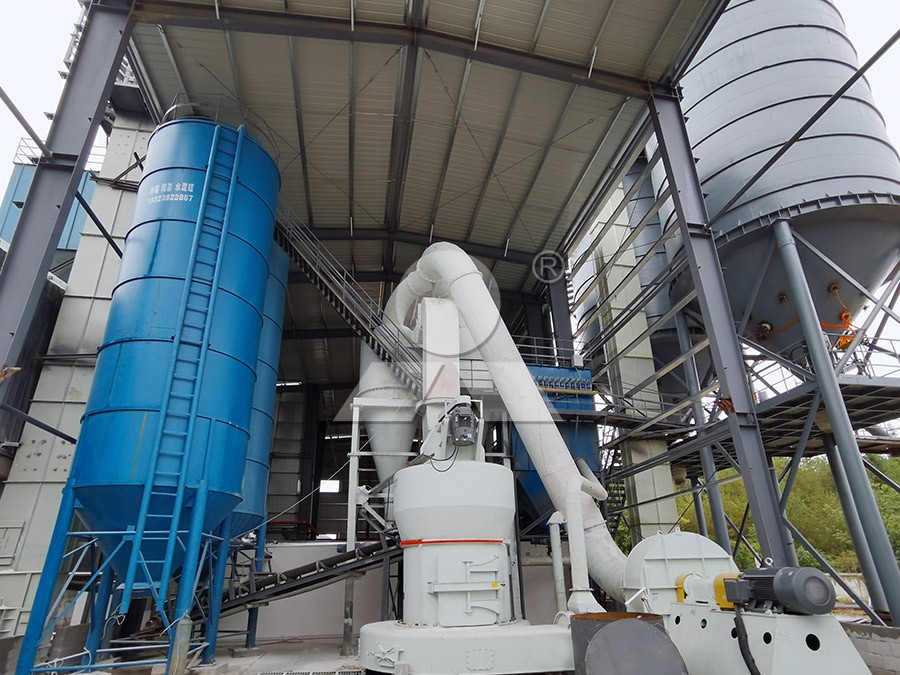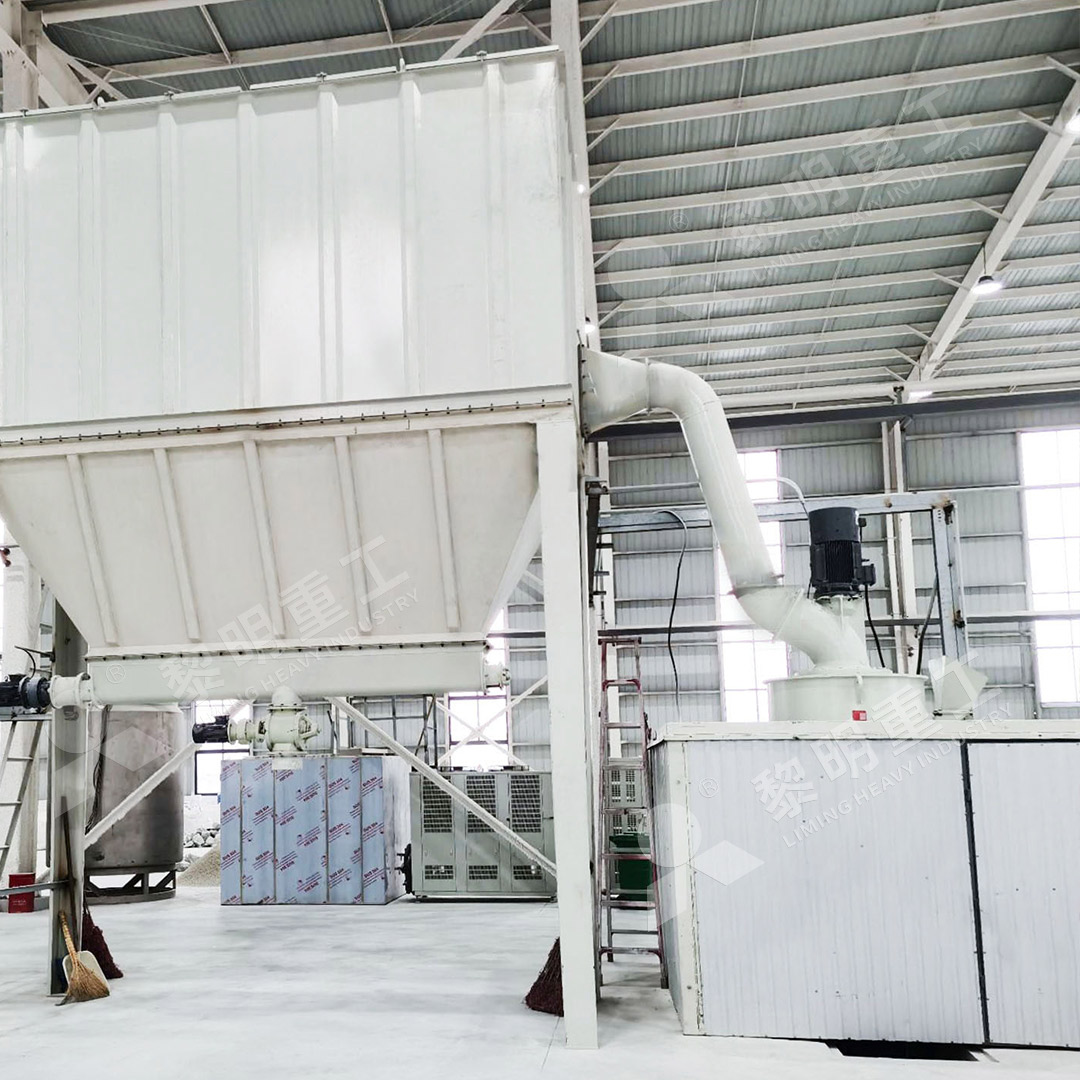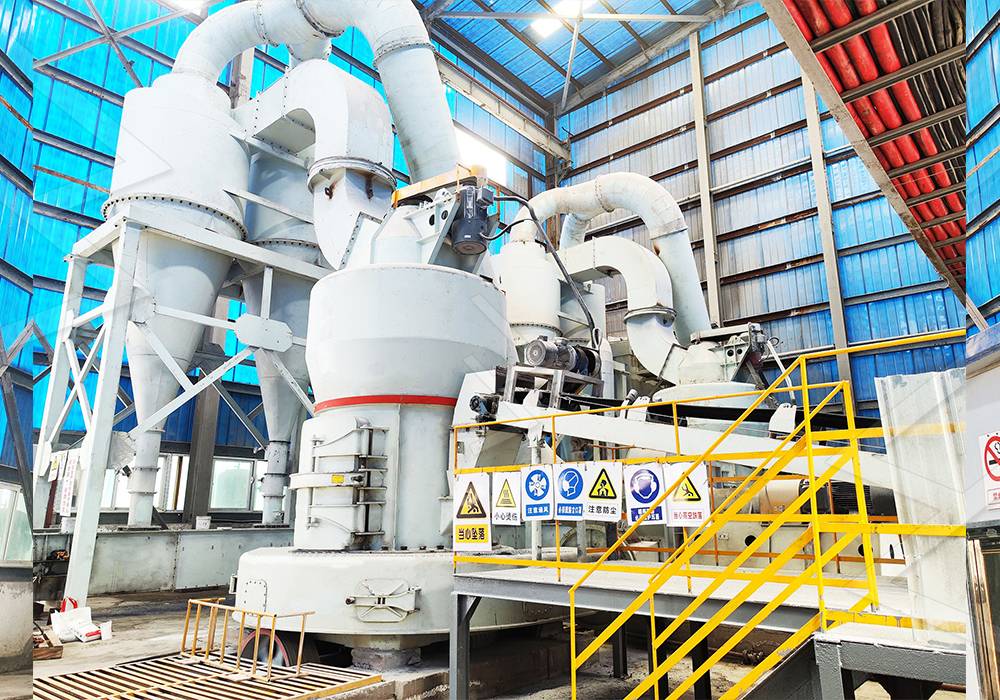Cement Clinker Grinding Mill: Key Equipment for Efficient Cement Production
Cement Clinker Grinding Mill: Key Equipment for Efficient Cement Production
The cement production process relies heavily on the efficiency and performance of clinker grinding mills. These specialized machines transform clinker into the fine powder that forms the basis of cement, making them the heart of any modern cement plant. The choice of grinding technology directly impacts production costs, product quality, and environmental compliance.
Traditional ball mills have served the industry for decades, but technological advancements have introduced more efficient solutions that significantly reduce energy consumption while improving product quality. Modern grinding mills incorporate sophisticated separation systems, advanced grinding curves, and intelligent control systems to optimize the entire grinding process.

The Evolution of Grinding Technology
The journey from simple ball mills to today’s sophisticated vertical and ultrafine grinding systems represents one of the most significant advancements in cement production technology. Early grinding systems consumed excessive energy and produced inconsistent particle size distribution, limiting cement performance characteristics.
Contemporary grinding mills address these challenges through innovative designs that maximize grinding efficiency while minimizing wear and tear. The integration of digital controls allows for precise adjustment of operational parameters, ensuring consistent product quality regardless of raw material variations.
Specialized Solutions for Modern Demands
For operations requiring ultra-fine powder production, the MW Ultrafine Grinding Mill represents a technological breakthrough. With an input size capacity of 0-20 mm and production rates ranging from 0.5 to 25 tph, this machine excels in producing fine powders for specialized applications. Its innovative design eliminates rolling bearings and screws from the grinding chamber, significantly reducing maintenance concerns and potential failure points.
The MW Ultrafine Grinding Mill features higher yielding capacity with lower energy consumption compared to traditional systems. Production capacity is 40% higher than jet grinding mills and double that of ball grinding mills, while system energy consumption is just 30% of jet grinding mill requirements. The adjustable fineness between 325-2500 meshes, achieved through German cage-type powder selector technology, provides exceptional flexibility for various product specifications.

Environmental Considerations in Modern Grinding
Today’s grinding mills must address environmental concerns beyond mere production efficiency. The integration of efficient pulse dust collectors and mufflers ensures minimal environmental impact during operation. The MW Ultrafine Grinding Mill exemplifies this approach with its comprehensive dust removal system that prevents pollution throughout the entire milling process.
Advanced noise reduction technologies, including silencers and noise elimination rooms, further demonstrate the industry’s commitment to sustainable operations. These features allow cement producers to meet stringent environmental regulations while maintaining high production volumes.
Operational Reliability and Support
Beyond technical specifications, reliable operation and comprehensive support services are crucial considerations for cement producers. Modern grinding mills benefit from digitalized processing with high-precision numerical control machining, particularly for core components. This manufacturing precision translates to longer service life and more consistent performance under demanding operating conditions.
The availability of genuine spare parts and technical support ensures worry-free operation, minimizing downtime and maintaining production schedules. Companies that provide complete production and sales services take responsibility for every machine they produce, offering customers comprehensive technical support and original spare parts.

Frequently Asked Questions
What factors should I consider when selecting a clinker grinding mill?
Key considerations include production capacity requirements, desired fineness of the final product, energy consumption, maintenance requirements, available space, and environmental compliance needs. The specific characteristics of your clinker and any additives will also influence the selection process.
How does the MW Ultrafine Grinding Mill achieve higher efficiency?
The MW mill incorporates newly designed grinding curves for the roller and ring, enhancing grinding efficiency significantly. The absence of rolling bearings and screws in the grinding chamber eliminates common failure points, while the external lubrication system allows continuous 24-hour operation.
What maintenance advantages do modern grinding mills offer?
Contemporary designs like the MW Ultrafine Grinding Mill feature simplified maintenance with externally accessible lubrication systems and durable components that reduce replacement frequency. The elimination of internal bearings and screws prevents many common maintenance issues.
How do modern mills address environmental concerns?
Advanced mills integrate pulse dust collectors that prevent dust pollution throughout the system. Noise reduction technologies including silencers and elimination rooms minimize acoustic impact, while efficient designs reduce overall energy consumption.
What production flexibility do these mills provide?
Modern grinding mills offer adjustable fineness through advanced separator technology. The MW Ultrafine Grinding Mill, for example, provides fineness adjustment between 325-2500 meshes, allowing producers to quickly adapt to different product specifications.
